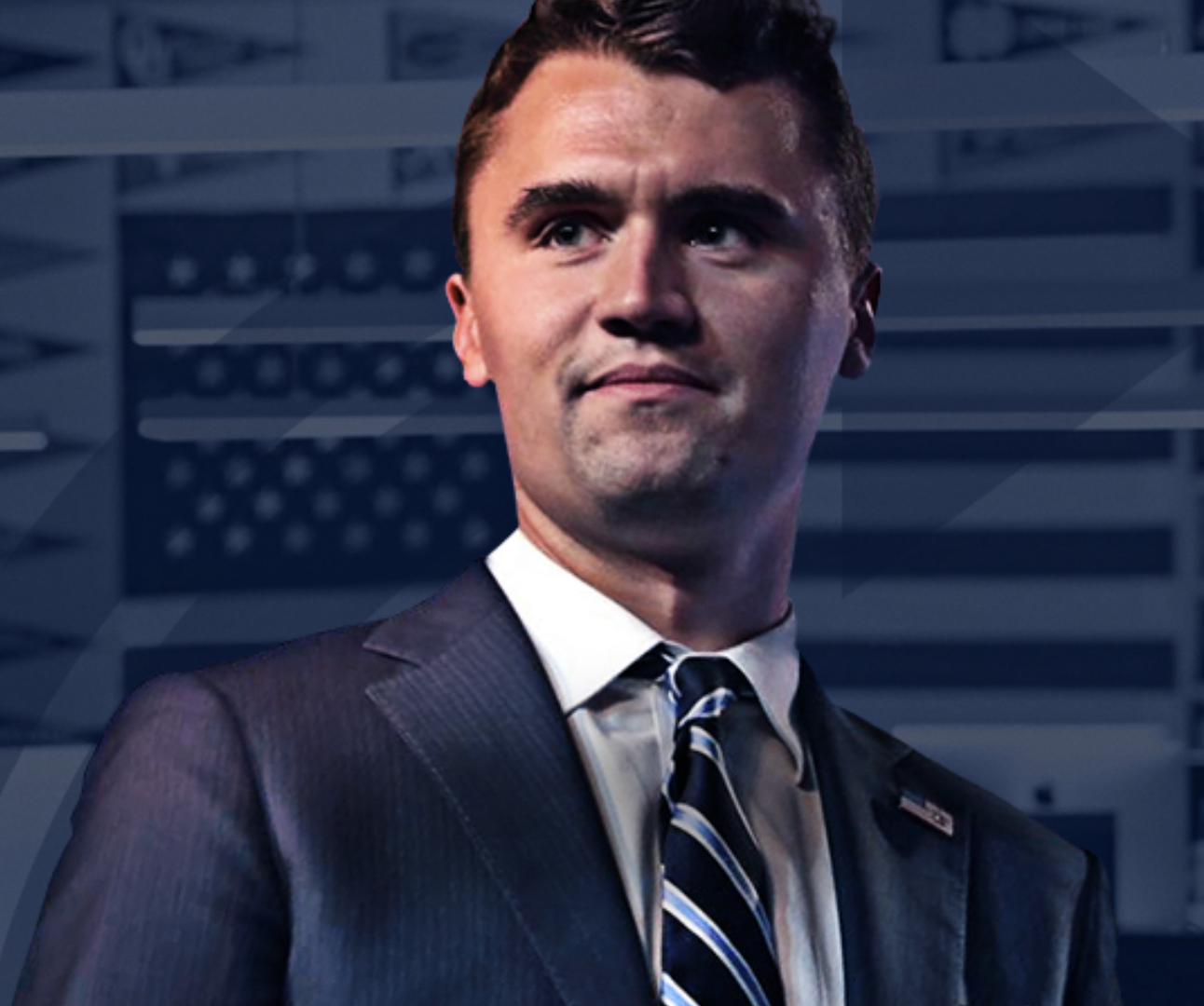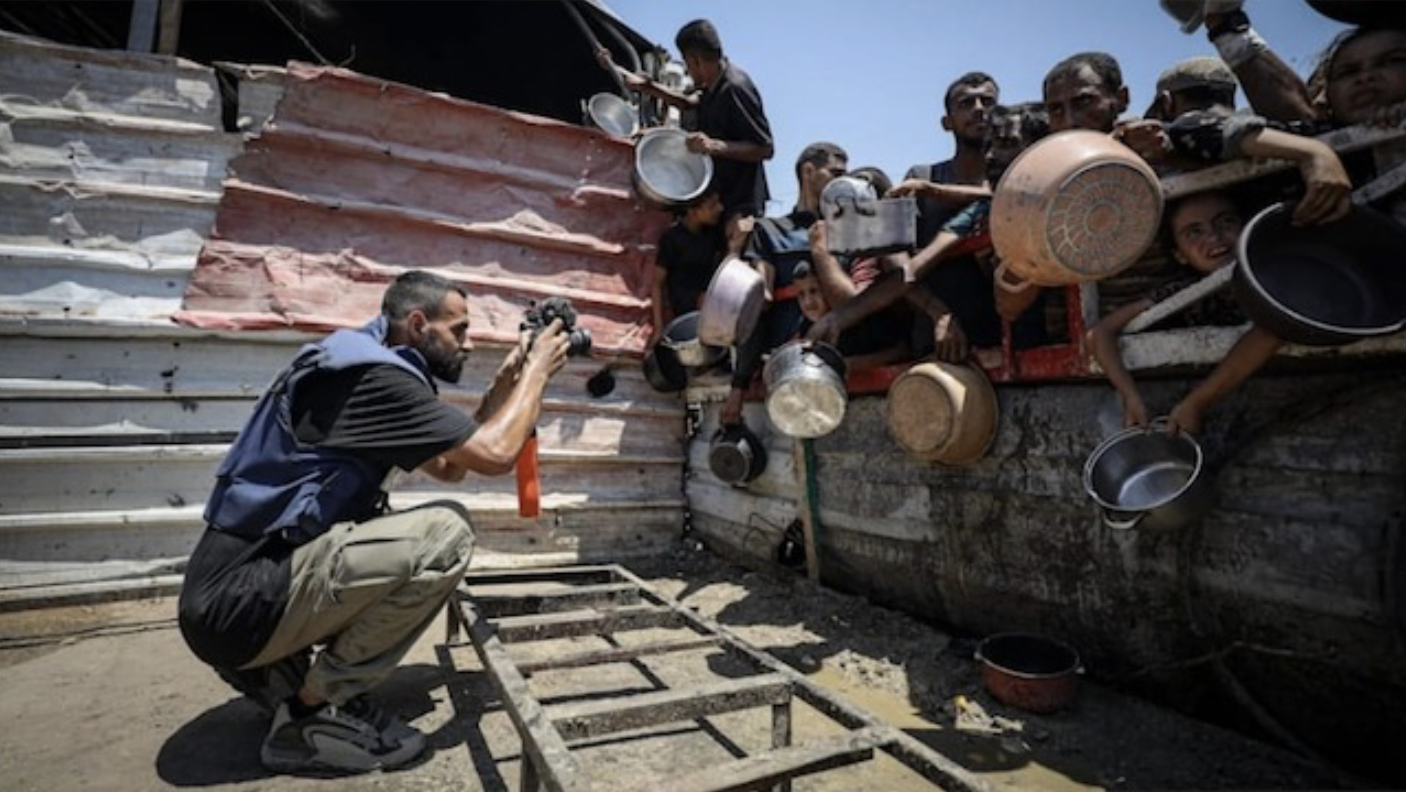It’s not just Big Media that are surrendering
/PHOTO ILLUSTRATION CREATED WITH CHATGPT
While everyone knows of the national media organizations that have altered their journalism for political reasons, it’s equally alarming when this happens in smaller places around the country. Like Alaska. And Memphis.
Four journalists at two Alaska newspapers resigned Sept. 29 after an online story about a local vigil for Charlie Kirk was temporarily taken down and re-edited to describe Kirk in softer words. More notably, the edits were done at the corporate level after a Republican Alaska legislator complained to the corporate office that the original language was “vile and slanderous.”
The story initially described Kirk in the second paragraph as a “Christian-Nationalist icon” who expressed “often racist and controversial views.” The revision, which was not acknowledged with a published note, moved the characterization of Kirk 10 paragraphs lower and altered it to say his views “have been tied by many to a rise in Christian nationalism across the U.S.” and that he was critical of Martin Luther King Jr. and the Civil Rights Act.
The resigning journalists wrote that they objected to corporate-level management “changing a story at the behest of an elected official. We believe this destroys the credibility the public has placed in us.” The corporation, Carpenter Media Group, which owns 250 publications around the nation and is based, of all places, in Tuscaloosa, responded that it “made the decision to edit a piece of content that fell well short of our standard and the standards of unbiased community journalism.”
Neither description of Kirk is wrong. One leans on adjectives, the other gets more specific. The revision does not obliterate the point. And a good media organization listens to complaints, including from powerful and partisan people. But corrections should be driven strictly by journalistic considerations, and even though owners and publishers have the right to do as they wish, the people who can best prioritize journalism over politics or corporate interests work in the newsroom.
An ugly case emerged in Memphis without a politician’s complaint.
The Daily Memphian, a nonprofit website with a previously excellent reputation, declined to publish a strident anti-Donald Trump commentary written by a longtime freelance columnist and pegged to Trump’s decision to send federal law enforcement agents to Memphis. After the columnist claimed political censorship and resigned on Oct. 2, the editors posted a different explanation: The columnist refused to make a few necessary edits that didn’t change the thrust of the piece. They pointed to previous anti-Trump columns, and published the column in question after all, as originally submitted. Kind of a “We’ll show you” move.
SCREENSHOT OF THE CONTROVERSIAL DAN CONAWAY COLUMN IN THE DAILY MEMPHIAN. ______________________________________________________________________________
Then the columnist went nuclear and posted on Facebook verbatim emails from his immediate editor. That editor referenced instructions from the CEO, who has atypically extensive newsroom experience. Out of fairness, here’s a longish excerpt from the editor: “My marching orders, which (the CEO) said he explained to you in detail months ago, are no more columns focused on criticizing Trump. I’ve been very lenient so far and have pushed the envelope to the point that I am under scrutiny for letting particularly inflammatory rhetoric of yours publish. And, now, in this highly charged political environment in which conservatives are being hunted down and murdered for merely exercising their First Amendment rights, we have an obligation to tone down the rhetoric, not ratchet it up.”
Yes, calm writing can still convey truth. But when government at any level goes over the top, it may take over-the-top rhetoric to get some people to wake up to it.
The Alaska and Memphis cases point to a secondary but still unfortunate consequence of too many news organizations bending to the will of the current president or any political faction orchestrating angry posts and letters. It’s mistrust within newsrooms. Was that a reasonable edit? A responsible killing of a column? Or was appeasement the secret motive? I don’t doubt that some reporters and opinion writers overreact and see cowardice in their managers where there is none. But it's not all imagined. It isn’t good for journalism or the public that the current climate has so elevated the tension in newsrooms large and small.



















